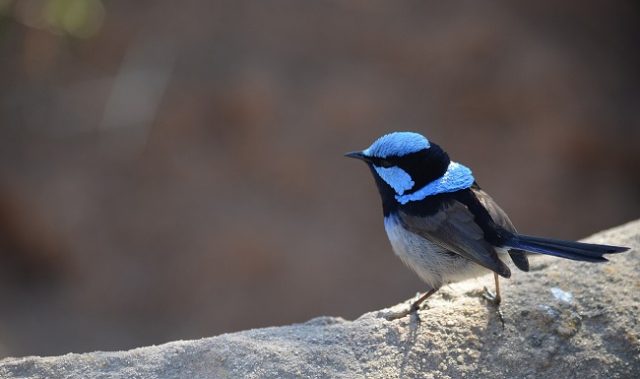
AsianScientist (Aug. 29, 2012) – From his boat, West Australian sardine fisherman Peter Westerberg glimpsed something big. First, a flash of an angular tail, next an expectant gaping mouth. The visitor was a whale shark, a fellow sardine fisher.
Encounters with these bespeckled giants are typical of tropical holidaying experiences. In fact, the fish was found near Albany, and set a record in southerly exploration. This migration may have been prompted by a temporary heat wave, but it has provided a window into a future, warmer world.
Australia’s oceans are changing. The well documented phenomenon of climate change has, until recently, generated considerably less well documented consequences. In order to minimize the fallout, a more detailed knowledge of the marine transformation is needed.
A recent climate change “report card” led by The Commonwealth Scientific and Industrial Research Organization (CSIRO), Australia’s national science agency, has delivered exactly that. It summarizes the research findings of more than 80 marine scientists, and provides an assessment of physical and biological variations, analysis of current climatic trends, and forecasts for the future.
The report card describes the increased pace of ocean warming, where a rise of 0.68 degree celcius has been observed since 1910-1929. This escalation seems tiny, but in dynamic climate systems, changes can be amplified by feedback mechanisms.
It is anticipated that the fall out will permeate the boundaries of the marine world; and that atmospheric effects will alter patterns of rainfall and may cause drought and famine events. Translocation of marine plants and animals is already occurring, with species moving south as the oceans warm.
The first casualties of increasingly tepid oceans will be those that cannot travel, and include some of the most compelling. For example, the report includes findings of more frequent coral bleaching events, a result of stressed corals expelling their algal partners.
Rapidly rising sea levels are also predicted, a sharp acceleration after thousands of years of slow change. Predicting sea level change is difficult; it is linked to the collapse of the great ice-shelves, but scientists have a high degree of confidence it will continue to climb throughout the 21st century. A primary effect will be coastal recession, and the inundation of low lying areas.

Researchers have warned that climate change may disrupt underwater currents, which can act as superhighways, with a strong influence on the distribution of marine plankton and other organisms, and migration patterns. Two important Australian systems, the East Australian Current and the Leeuwin Current, appear to have been affected.
Ocean acidification may also cause deep consequences to ecosystems, such as reduced calcification in Southern Ocean zooplankton. The ocean’s soup of plankton is critical as a staple food for ecosystems, and any changes may have flow-on effects to higher animals.
The report’s biological component assesses the impacts on a range of wildlife from microorganisms to whales. Disease outbreaks are occurring more frequently in key marine species, due to disruption of the essential symbiotic relationships between the microflora and their hosts, and ocean warming is the suspected culprit.
Other important discoveries include the southwards range expansion of temperate and tropical fish species. Additionally, winds over the Southern Ocean, and gradual warming, are influencing the success and timing of seabird breeding in South-East Australia. Similarly, warmer nesting beaches are skewing the sex-ratios of sea turtle hatchlings, resulting in more females.
Life on Earth has survived large climate change events in the past, such as the sudden warming event 55 million years ago. These events were, however, associated with mass extinctions and the major redistribution of species.
Layered over this, Australia’s economic and recreational investment in the oceans may be vulnerable to environmental developments. Australia’s oceans may benefit from the recent expansion of the Commonwealth marine reserves network to 3.1 million square kilometers, by far the largest representative network of marine protected areas in the world. The report card will prove a timely and effective tool for tracking changes and formulating long-term strategies.
The report card can be downloaded here (PDF, 1 MB): 2012 Marine Climate Change in Australia Report Card.
——
Copyright: Asian Scientist Magazine; Photos: csiro.au
Disclaimer: This article does not necessarily reflect the views of AsianScientist or its staff.












